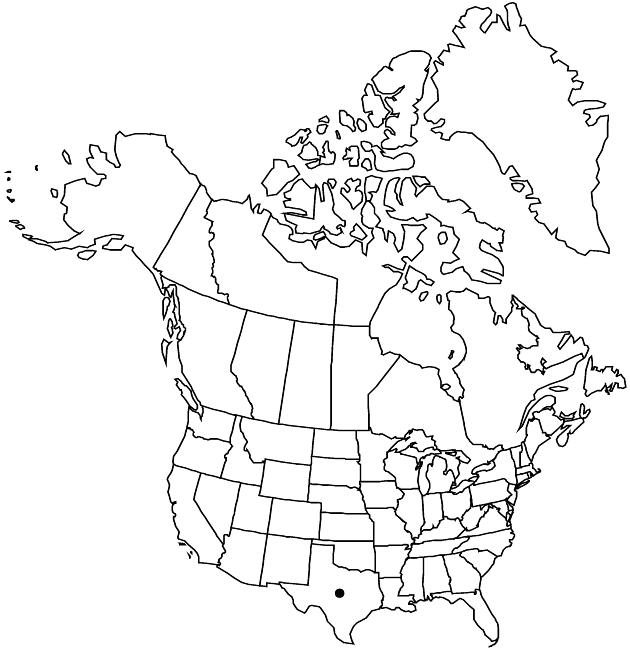Difference between revisions of "Silphium albiflorum"
Proc. Amer. Acad. Arts 19: 4. 1883.
Common names: White rosinweed
Endemic
FNA>Volume Importer |
imported>Volume Importer |
||
| (3 intermediate revisions by 2 users not shown) | |||
| Line 8: | Line 8: | ||
}} | }} | ||
|common_names=White rosinweed | |common_names=White rosinweed | ||
| + | |special_status={{Treatment/ID/Special_status | ||
| + | |code=E | ||
| + | |label=Endemic | ||
| + | }} | ||
|basionyms= | |basionyms= | ||
|synonyms= | |synonyms= | ||
| Line 32: | Line 36: | ||
-->{{#Taxon: | -->{{#Taxon: | ||
name=Silphium albiflorum | name=Silphium albiflorum | ||
| − | |||
|authority=A. Gray | |authority=A. Gray | ||
|rank=species | |rank=species | ||
| Line 46: | Line 49: | ||
|publication title=Proc. Amer. Acad. Arts | |publication title=Proc. Amer. Acad. Arts | ||
|publication year=1883 | |publication year=1883 | ||
| − | |special status= | + | |special status=Endemic |
| − | |source xml=https:// | + | |source xml=https://bitbucket.org/aafc-mbb/fna-data-curation/src/2e0870ddd59836b60bcf96646a41e87ea5a5943a/coarse_grained_fna_xml/V19-20-21/V21_169.xml |
|tribe=Asteraceae tribe Heliantheae | |tribe=Asteraceae tribe Heliantheae | ||
|subtribe=Asteraceae (tribe Heliantheae) subtribe Ecliptinae | |subtribe=Asteraceae (tribe Heliantheae) subtribe Ecliptinae | ||
Latest revision as of 20:10, 5 November 2020
Plants scapiform, 20–75 cm; taprooted. Stems terete, glabrous, hirsute, hispid, or scabrous. Leaves: basal persistent, petiolate; cauline usually alternate, rarely subopposite, petiolate or sessile; blades deltate, elliptic, linear, ovate, or rhombic, 2–40 × 1.5–26 cm, sometimes (proximal) 1–2-pinnately lobed, bases attenuate, cuneate, or truncate, ultimate margins unevenly toothed or entire (distal blades), apices acuminate to apiculate, faces scabrous to hirsute. Phyllaries 23–36 in 2–3 series, outer reflexed, apices acuminate, abaxial faces hispid. Ray florets 14–30; corollas white. Disc florets 70–130; corollas white. Cypselae 12–26 × 7–12 mm; pappi 2–5 mm.
Phenology: Flowering late spring–summer.
Habitat: Prairies, open fields, calcareous soils
Elevation: 100–500 m
Discussion
Selected References
None.
Lower Taxa
None.
